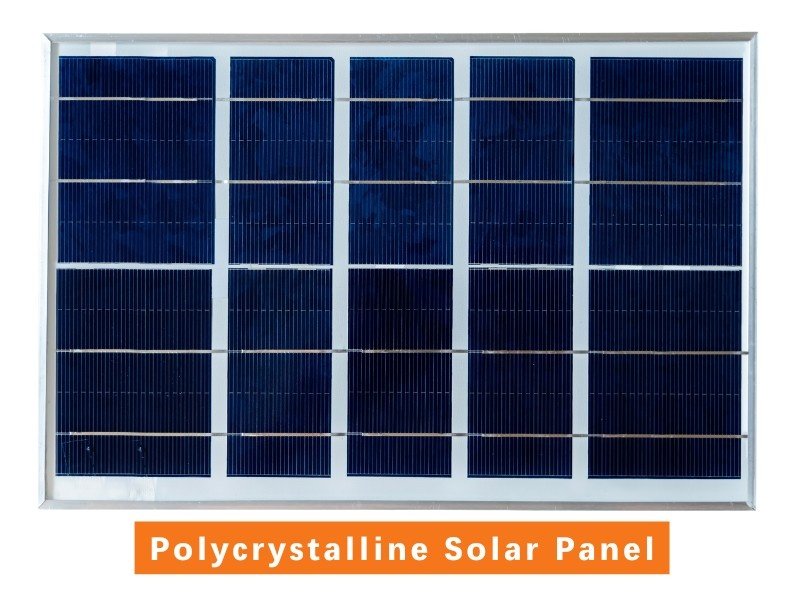When deciding to install solar panels, one of the most crucial decisions is choosing between monocrystalline and polycrystalline solar panels. Each type has its own set of advantages and disadvantages, making the choice dependent on your specific needs, location, and budget. This guide will help you understand the differences between these two types of solar panels, so you can make an informed decision for your home.


What Are Monocrystalline Solar Panels?
Monocrystalline solar panels are made from a single, continuous crystal structure. The manufacturing process involves slicing thin wafers from a single crystal of silicon, which is why these panels are often referred to as “single crystal” panels. Their efficiency rates are generally higher because the single crystal allows for better electron flow, leading to more electricity being produced from the same amount of sunlight. Monocrystalline panels are known for their high power output and efficiency, making them a popular choice for homeowners who have limited roof space but want to maximize their energy production.
What Are Polycrystalline Solar Panels?
Polycrystalline solar panels are made from silicon crystals that are melted together. Instead of using a single crystal, the silicon used in polycrystalline panels is composed of multiple smaller crystals. This results in a panel with a slightly less efficient energy conversion rate compared to monocrystalline panels. The manufacturing process for polycrystalline panels is simpler and less expensive, which generally makes these panels more affordable. While they may have lower efficiency, polycrystalline panels can still be a great option for homeowners with ample roof space or those looking to reduce their initial investment.
Performance Comparison: Efficiency and Power Output
When comparing the efficiency of monocrystalline and polycrystalline panels, monocrystalline panels typically have the edge. Monocrystalline panels generally offer efficiency rates of 15 – 20%, while polycrystalline panels range from 13 – 16%. This means monocrystalline panels can produce more power in less space, which is particularly beneficial for homes with smaller roofs. However, the actual power output of either type will depend on factors like the panel’s size, location, and the amount of sunlight it receives. Polycrystalline panels, though slightly less efficient, are still a viable option for many homeowners, especially in areas where space is not a limiting factor.
Cost Analysis: Which Offers Better Value for Money?
When comparing the efficiency of monocrystalline and polycrystalline panels, monocrystalline panels typically have the edge. Monocrystalline panels generally offer efficiency rates of 15 – 20%, while polycrystalline panels range from 13 – 16%. This means monocrystalline panels can produce more power in less space, which is particularly beneficial for homes with smaller roofs. However, the actual power output of either type will depend on factors like the panel’s size, location, and the amount of sunlight it receives. Polycrystalline panels, though slightly less efficient, are still a viable option for many homeowners, especially in areas where space is not a limiting factor.
Environmental Impact: Which is More Sustainable?
The environmental impact of solar panels is an important consideration for many homeowners. Monocrystalline panels require more energy to produce because of their complex manufacturing process. However, their higher efficiency means they can generate more electricity over their lifespan, potentially offsetting the initial energy use. Polycrystalline panels consume less energy during production, but their slightly lower efficiency means they may take longer to pay back their environmental footprint. Both types are recyclable, though the recycling process is still being optimized for maximum sustainability.
How to Choose the Right Panel for Your Home?
Choosing the right solar panel for your home involves considering several factors: your budget, roof space, energy needs, and even your aesthetic preferences. If you have limited roof space and want to get the most out of each square foot, monocrystalline panels might be the best choice. However, if you are looking to minimize upfront costs and have plenty of roof space, polycrystalline panels could be more suitable. Consulting with a solar energy expert can help you weigh these factors and determine the best option for your specific situation.

